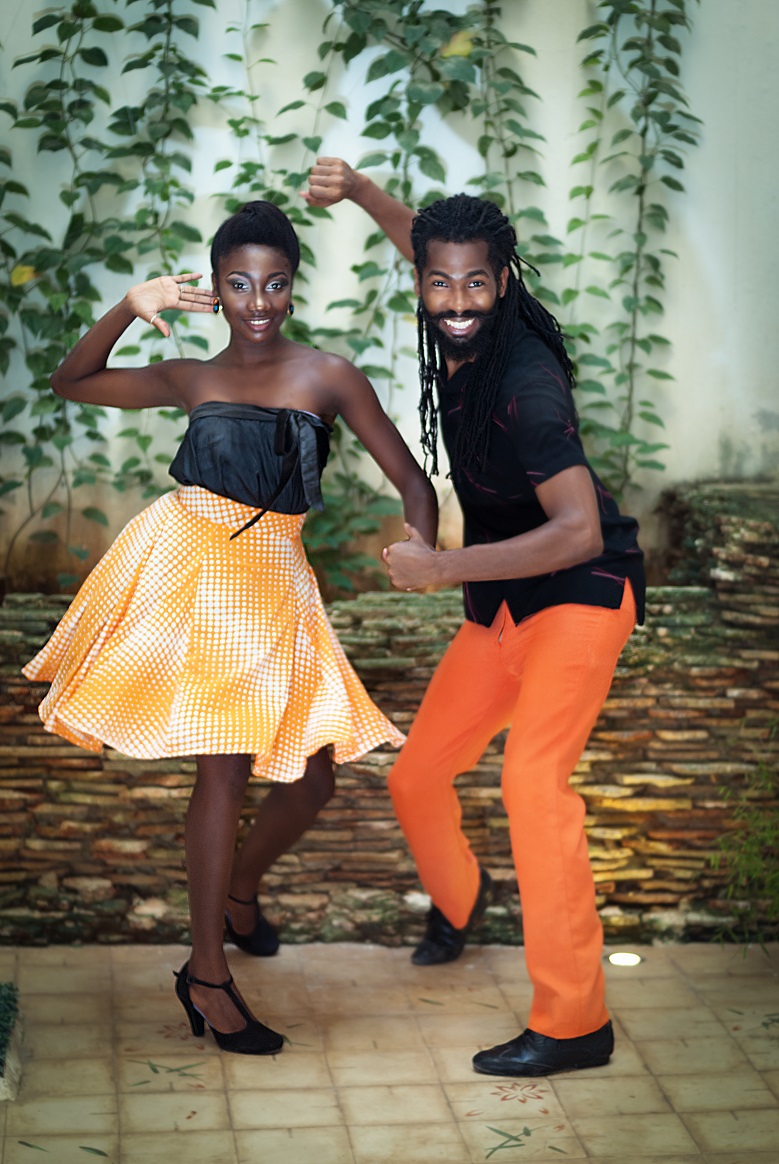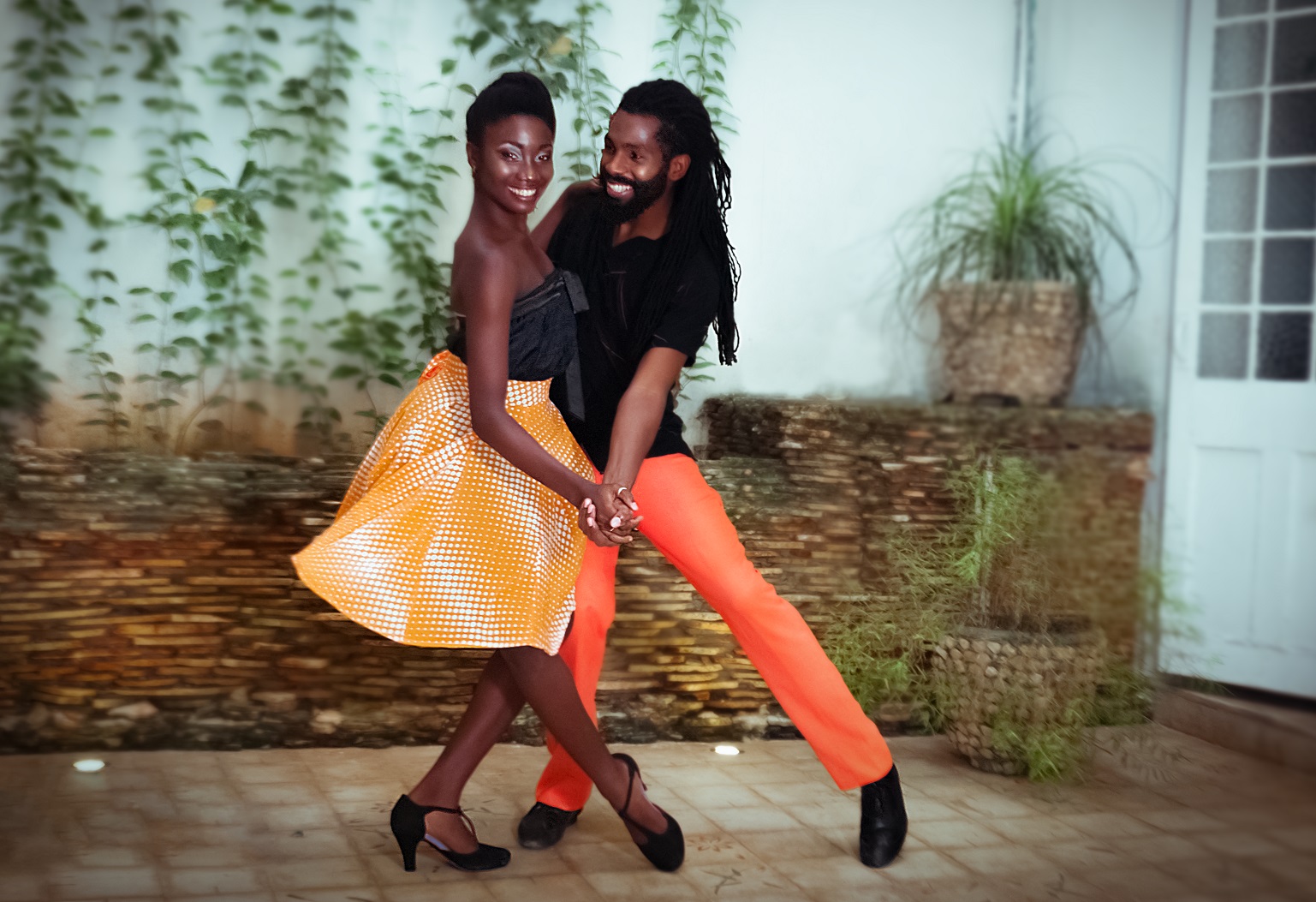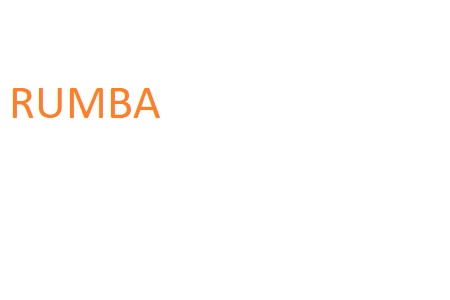Casino
The reproduction phenomenon
Approximately in the year 1956, the phenomenon of the circle of couples that took place in chachachá began to reproduce, with the peculiarity that it was danced along with other genres or modalities of popular music in fashion at that time, following a style and passing very close to the urban Son. This was called the casino wheel. The event occurred exclusively at the Club Casino Deportivo (Sports Casino Club). This creative act caught the taste of youth and was imitated by dancers in other nautical clubs in La Playa, and later in other societies in the capital. In the expansion process, the phrase “we are going to do the wheel like in the Casino” or “we are going to do the wheel of the Casino” began to spread and the name of Casino would be reduced by what later identified the new style of dance .
the new style of dance
In the beginning, casino was danced on the wheel organized and rehearsed on advanced among circles of friends, family or improvised members. Then it began to be performed as a dance for independent couples and finally, in the double row, where the head couple creates the figure or the step.
The need to use figures that were enjoyed by dancers and spectators caused new space designs to appear. For this reason, it was also essential to name each of the figures, combinations of turns, gestures and directions, in order to execute them in unison and, above all, to understand the dictation of the guide. Among the most important turns and figures that have been preserved through its evolution by four generations of casino dancers are: seventy, the cousin, the cousin with the sister, ball, plug, walk, the rose, yogurt, train, above, down, the skinny, the fat, the ambulance, the helicopter, and many more. Casino then arose in an environment of integration of genres, variants or modalities enjoying a great reputation among people in the late 1950s. Among the most important are son and cha-cha. Rock and roll, very fashionable in the 1950s, also left its mark on casino.

This form of dance, with its characteristic spectacular style, had a large number of acrobatic elements and couples twists.
Casino, unlike the previous ballroom dances; is not credited with a specific musical genre. Through all the years that it has prevailed in the taste and popularity of the dancers, it has been performed with all those genres, strands or musical variants that were in fashion and due to its rhythmic scheme or musical time it allowed carrying out the basic step. The nickname “casino style” was taken by the people themselves to designate the new dance phenomenon from the first glimpses of its creation, in an organic, integrative and anonymous development process.
There are many factors that have influenced the heyday of casino in Cuba and abroad, but among the most important is the dimension salsa music has taken in the international arena. Identified as the Cuban Salsa Dance, it has become the ideal vehicle to enjoy this way of making music, not a paradoxical fact considering that in both manifestations the Cuban son coincides as an element of origin.

READ MORE ABOUT DANCES
_____________________________________________________
INFORMATION
EMAIL: info@dancingcuba.com





